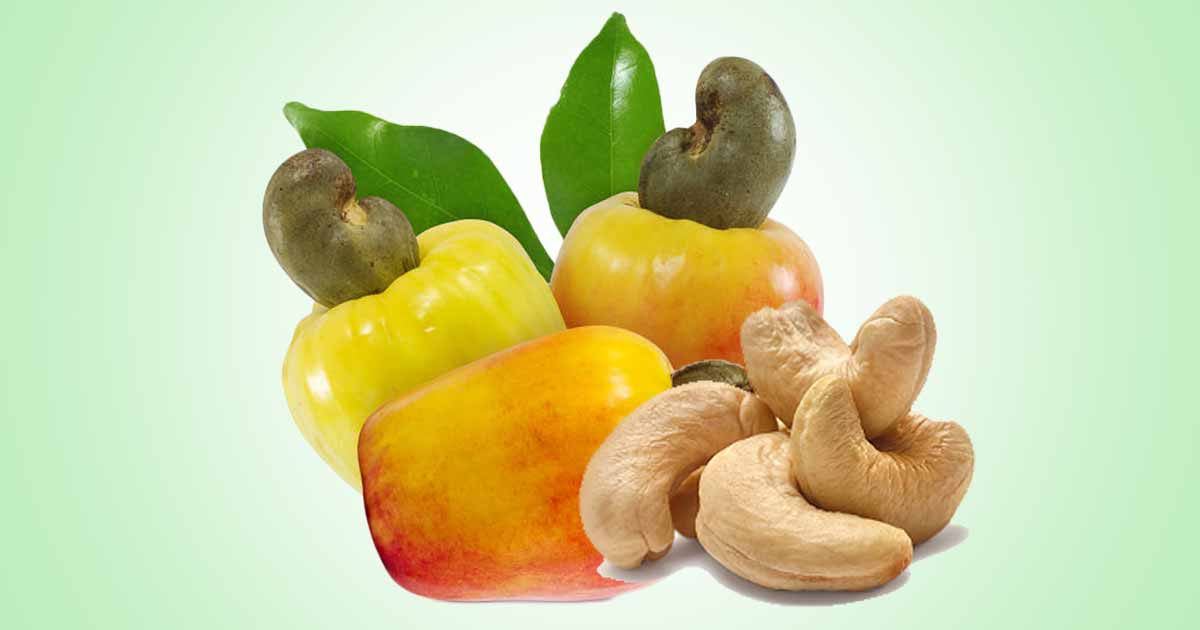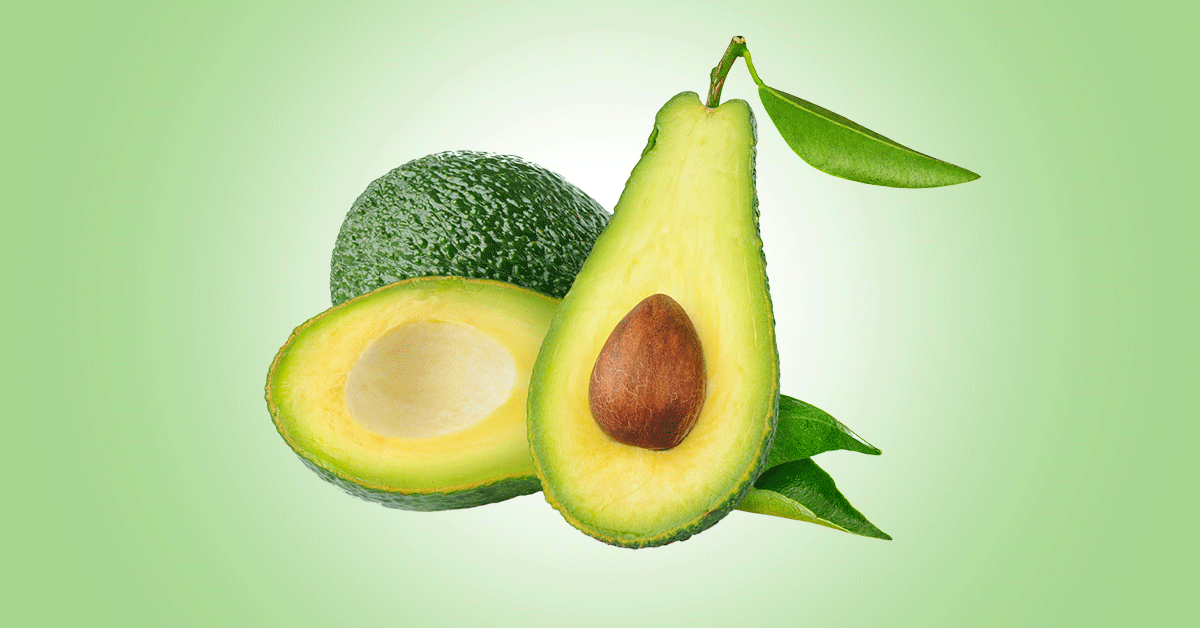Cashew plant, or kaju (Anacardium occidentale), which yield the cashew nut and apple, is an evergreen plant of the sumac family (Anacardiaceae), the same family as mango and pistachio nut. The name cashew came from the Portuguese word, Caju (the fruit) or Cajueiro (the tree). Cashew is originally from northeast Brazil but was spread to other places by the Portuguese explorers. It is now grown in the tropics for the edible nut and cashew apple.
Major producers worldwide include Vietnam, Nigeria, India, Brazil, and Indonesia. Vietnam, India, and Brazil accounts for 90% of all cashew nuts export globally. The plant is drought resistant, and can tolerate different soil conditions.
Other names of cashew are anacardier in France, caju in Brazil and Portugal, Mkorosho / mkanju (Swahili), Cajuil, East Indian Almond, Kaju, Marañon, pomme de Cajou.
Cashew plant has a deep tap root system. The evergreen perennial tree can reach up to 12 m height, and has a short, often irregularly-shaped trunk. The leaves are spirally arranged, smooth, shiny dark green, oval-oblong, and leathery. It has obvious veins and midrib and possess petioles which are swollen at their base.
The tree produces flowers on drooping panicles. They are small, greenish at first before turning pinkish-white or reddish. There is the kidney shaped true fruit or nut that develops at the end of the pseudofruit. The true fruit initially develops on the tree, and then the peduncle expands into the pseudofruit.
The true fruit is 3 cm long, and is a drupe. The cashew seed or nut is enclosed in a grey-brown shell. The double shell around the seed produces caustic phenolic resin, urushiol, a potent skin irritant.
The pseodofruit is believed to be the fruit of the cashew. It is a fleshy accessory fruit, or false fruit also called the ‘cashew apple’. The apple develops from the receptacle of the cashew flower.
Cashew apple, also called marañón in Central America, is an oval or pear shaped, and can be red or yellow colored after ripening. It has a strong sweet smell and a sweet taste. The pulp is very juicy, while the skin is fragile. This coupled with the high moisture content makes cashew apple easily perishable.
Cashew nut apple is edible, juicy, slightly acidic, and rich in vitamin C, much more than that obtained in oranges. It may be astringent. It is used to produce juice, jelly, sweets, wines, spirits, jam, pickles, and chutneys, and can be fermented as wines, home vinegars.
In herbal medicine, the cashew nut juice is used to treat sore throat, diarrhea, chronic dysentery, and intestinal infection while the leaves are used for mouth ulcers, gastritis.
Cashew is used for cashew apple juice, jam, drinks, wine, “feni,” candy, syrup, canned fruits, prickles, animal feed, flour, and dietary fiber substitute.
Cashew nut shell liquid
When cashew nut is extracted from the shell, the shell which is usually discarded, is a good source of a valuable cashew nut shell liquid (C.N.S.L.). The shell liquid is used as a waterproofing agent, and as preservatives.
If distilled and polymerized, it yields the solid particles which can be pulverized and used as friction particle for brake linings, and an amber-colored liquid that is used to create phenalkamine curing agents and resin modifiers.
The cashew nutshell oil is used in insulating varnishes, lacquers, inks, brake linings, and in acid- and alkali-resistant cement and tiles. The testa surrounding the kernel contains 25% tannin.
Constituents of Cashew Nut
Nutritional Composition
A 100 g of raw cashew nut contains 5.2 g of water, 553 kcal of energy, 18.2 g of proteins, 5.91 g of sugars (mainly sucrose, and minor glucose, fructose), 3.3 g of dietary fiber, 30.2 g of carbohydrates, 43.8 g of fats, 2.54 g of ash, and 23.5 g of starch.
Minerals: The most abundant minerals include potassium (660 mg), phosphorus (593 mg), magnesium (292 mg), calcium (37 mg). There is significant selenium content, and other minerals such as sodium, zinc, copper, manganese, iron.
Vitamins: vitamin C, vitamin E, folate, thiamine, riboflavin, niacin, vitamin B-6, pantothenic acid, lutein + zeaxanthin. There is significant quantity of tocopherols especially the gama, but also beta and delta forms. Vitamin K is significant (34.1 µg)
Fatty acids (saturated, monounsaturated and polyunsaturated fatty acids are present in large quantities).
Phytosterols such as Campesterol, and large amount of Beta-sitosterol (113 mg) are obtained.
Amino acids include tryptophan, threonine, isoleucine, leucine, lysine, methionine, cystine, phenylalanine, tyrosine, valine, arginine, histidine, alanine, aspartic acid, glutamic acid, glycine, proline and serine.
Composition of Dry Roasted Cashew Nut.
Normally, raw cashew are heat treated to remove the kernel from the shell.
Roasting the raw cashew reduces the water content, protein, sugar, dietary fiber, slightly but increase the lipids, ash, carbohydrates, and energy level.
Calcium level is increased, but most of the mineral values were decreased with roasting.
Understandably, it decreased the quantity of most of the water-soluble vitamins like thiamine, riboflavin, niacin, pantothenic acid, biotin, vitamin B6, vitamin B12, and vitamin C as they are sensitive to heat. However, folate levels were increased.
Fatty acids such as the monounsaturated, saturated and polyunsaturated fatty acids content were increased.
Composition of the Cashew apple
Cashew apple contains good amounts of amino acids, minerals, vitamin C, sugars (fructose and sucrose), fibers, flavonoids, carotenoids, total polyphenols, volatile components, flavanols, tannins.
With about 241 mg of vitamin C, cashew apple has high quantity of vitamin C. It also has high quantity of polyphenols and anthocyanins.
The flowers and cashew apple also contain volatile compounds such as β -caryophyllene, methyl salicylate, furfural , 4-hydroxydodecanoic acid lactone, (E)-hex-2-enal, (Z)-hex-3-enol, and hexadecanol and benzyl tiglate
- Flavonoids: glycosylated flavonoids (3-O-galactoside, 3-O-glucoside, 3-O-rhamnoside, 3-O-xylopyranoside, 3-O-arabinopyranoside), kaempferol 3-O-glucoside, Naringenin, 3-O-arabinofuranoside of quercetin and myricetin, rhamnetin, isorhamnetin
- Anthocyanins: peonidin, delphinidin, cyanidin, 5-methycyanidin.
- Minerals: potassium, phosphorus, copper, magnesium, calcium, sodium, iron.
- Organic acids: anacardic, gallic, acetic acids, protocatechuic, conjugate cinnamic, resorcinolic acid, free cinnamic, citric acid, and malic acids.
- Phenolic acids: p-coumaric acid, gallic acid, ferulic acid, caffeic acid.
- Amino acids: leucine, tyrosine, lysine, methionine, aspartic acid, phenylalanine, threonine, glycine, proline, cysteine, isoleucine, valine, glutamic acid, histidine, arginine, serine, alanine.
- Vitamins: vitamin C, B vitamins (thiamine, niacin, riboflavin, pantothenic acid, pyridoxine, and folate.
Health Benefits of Cashew Nut and Cashew Apple
Rich in antioxidants: The cashew apple contains high quantity of polyphenols, anthocyanins, flavonoids, and vitamin C, and vitamin E, copper, lutein and zeaxanthin. These compounds are powerful antioxidants that prevent free radical damage to the body, preventing diseases such as cardiovascular diseases, cancer and neurodegenerative diseases.
Prevent atherosclerosis: Lutein may help protect against atherosclerosis, which is the buildup of fatty deposits in arteries.
Cardioprotective property: Cashew nut has less fat than most nuts. It also has no cholesterol, but contains oleic acid, which is a heart friendly monounsaturated fat, also found in olive oil. With a high quantity of potassium and magnesium, the cashew nut could be helpful in regulating blood pressure. Arginine, an amino acid in cashew also lowers the blood pressure.
Also, cashews are a good source of monounsaturated (MUFAs) and polyunsaturated (PUFAs) fatty acids, which may lower the risk of cardiovascular diseases.
Prevention of gallstones: Fruits high in saturated fats such as meat pies, butter, ghee and lard, food with coconut or palm oil, sausages, hard cheeses may increase the likelihood of kidney stones. However, there is evidence that nuts such as peanuts or cashews may lower the risk of gallstones.
Type-2 diabetes: A study by Reihaneh Darvish Damavandi et al., reported that cashew can decrease serum insulin and low-density lipoprotein-cholesterol-to-high-density lipoprotein-cholesterol (LDL-C/HDL-C) ratio significantly.
Though cashew nut has fats, they are mostly the “good fat” with an ideal fat ratio of 1:2:1 of saturated, monosaturated, and polyunsaturated fat. Consumption of the nut does not increase the blood sugar level. The fiber content also reduces postprandial glucose level. Leucine, an amino acid in cashew also helps in muscle synthesis and enhance the activity of insulin.
Weight control: The fats in cashew nut reduces the high triglyceride, or blood fat, cholesterol, low density lipoproteins (LDL) and does not increase body weight. Dietary fiber also lowers visceral fats and blood lipids.
In a study by Vickram Beejmohun, et al., the extract of cashew apple reduced body-weight gain, fat storage, hyperglycaemia, hyperinsulinaemia and insulin resistance in DIO mice.
Overall well-being: the easily digestible carbohydrates, mainly reducing sugars (glucose and fructose) makes it a good calorific option for juices for children. The excellent mineral and vitamin contents helps in boosting body immunity, fluid balance, nerve transmission, bone health, metabolism, and wound healing.
Vitamin C also prevents cold, sore throat, improves oral or gum health.
High fiber content: The cashew apple contains a high quantity of dietary fiber, both digestible and undigested fiber. The dietary fiber aids digestion by adding bulk to the faeces and also prevent constipation, forms of cancers such as colorectal cancer.
Dental care: Anacardic acid from cashew kills the gram-positive bacteria, Streptococcus mutans, the tooth decay causing bacteria.
Healthy bones and prevention of osteoporosis: cashew nut and apple contains calcium, magnesium, and copper. These minerals help to improve the health of the bones. Calcium helps to maintain the skeleton strength and structure, while magnesium also regulates nerve and muscle tone. Calcium with phosphorus are stored in bone crystals, which increase the strength of bone.
Cashew also contains copper, an antioxidant which prevents resorption of bones.
Good for eyesight and vision: Lutein and zeaxanthin, the carotenoids found in cashew, are powerful antioxidants that protect against UV damage. They also protect the retina structure and reduce the risk of light-induced oxidative damage that could lead to macular degeneration (AMD).
Protects against cancer: Anacardic acid and gallic acid in cashew nut may balance hormones such as estrogen and also protect against cancer.
A Yale Cancer Center reports that colon cancer survivors who regularly eat nuts (almonds, walnuts, hazelnuts, cashews, and pecans) have a significantly lower risk of the cancer reoccurring.
Antimicrobial activity: Cashew apple prevent the growth of microorganisms such as Streptococ-cus spp., Micrococcus luteus, Salmonella typhimurium, Entrococcus faecalis, Streptococcus spp., Bacillus cereus, and Staphylococcus aureus.
Drug Interactions
Cashew may decrease the effectiveness of anti-diabetic medications (glimepiride, insulin, glyburide). It could increase sugar levels.
Side Effects
The urushiol from the shell of cashew cause painful rashes and burns to the skin (similar to poison-ivy rashes). Also, if the cashew is not roasted, it can irritate the skin and cause redness and blisters.
Cashew nut and apple may also cause gastrointestinal problems such as bloating, constipation, weight gain, diarrhea, and joint swelling.
References
- https://fdc.nal.usda.gov/fdc-app.html#/food-details/170162/nutrients
- https://fdc.nal.usda.gov/fdc-app.html#/food-details/170571/nutrients
- https://plantvillage.psu.edu/topics/cashew-nuts/infos
- http://rfcarchives.org.au/Next/Fruits/Cashew/Cashew5-87.htm
- https://www.bionity.com/en/encyclopedia/Cashew.html
- https://onlinelibrary.wiley.com/doi/epdf/10.1002/jsf2.107
- https://naldc.nal.usda.gov/download/17666/PDF
- https://www.researchgate.net/publication/351607246_Medicinal_Uses_of_Cashew_Anacardium_occidentale_Review
- https://www.allaboutvision.com/nutrition/lutein.htm
- https://www.nhs.uk/conditions/gallstones/prevention/
- https://endeavor.moffitt.org/archive/thinking-of-eating-almonds-and-cashews-go-nuts/
- https://www.ncbi.nlm.nih.gov/pmc/articles/PMC6408729/
- https://drmohans.com/cashew-the-diabetes-friendly-nut-or-the-kaju-connection/
- https://www.ncbi.nlm.nih.gov/pmc/articles/PMC4678769/












